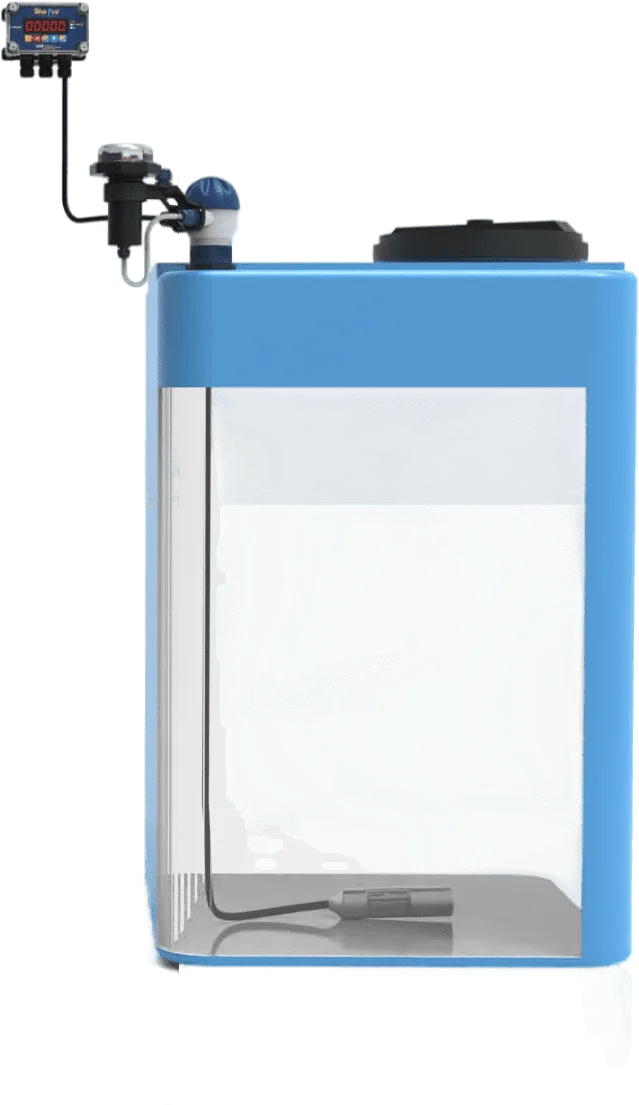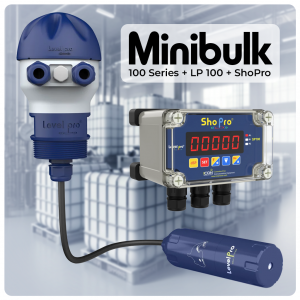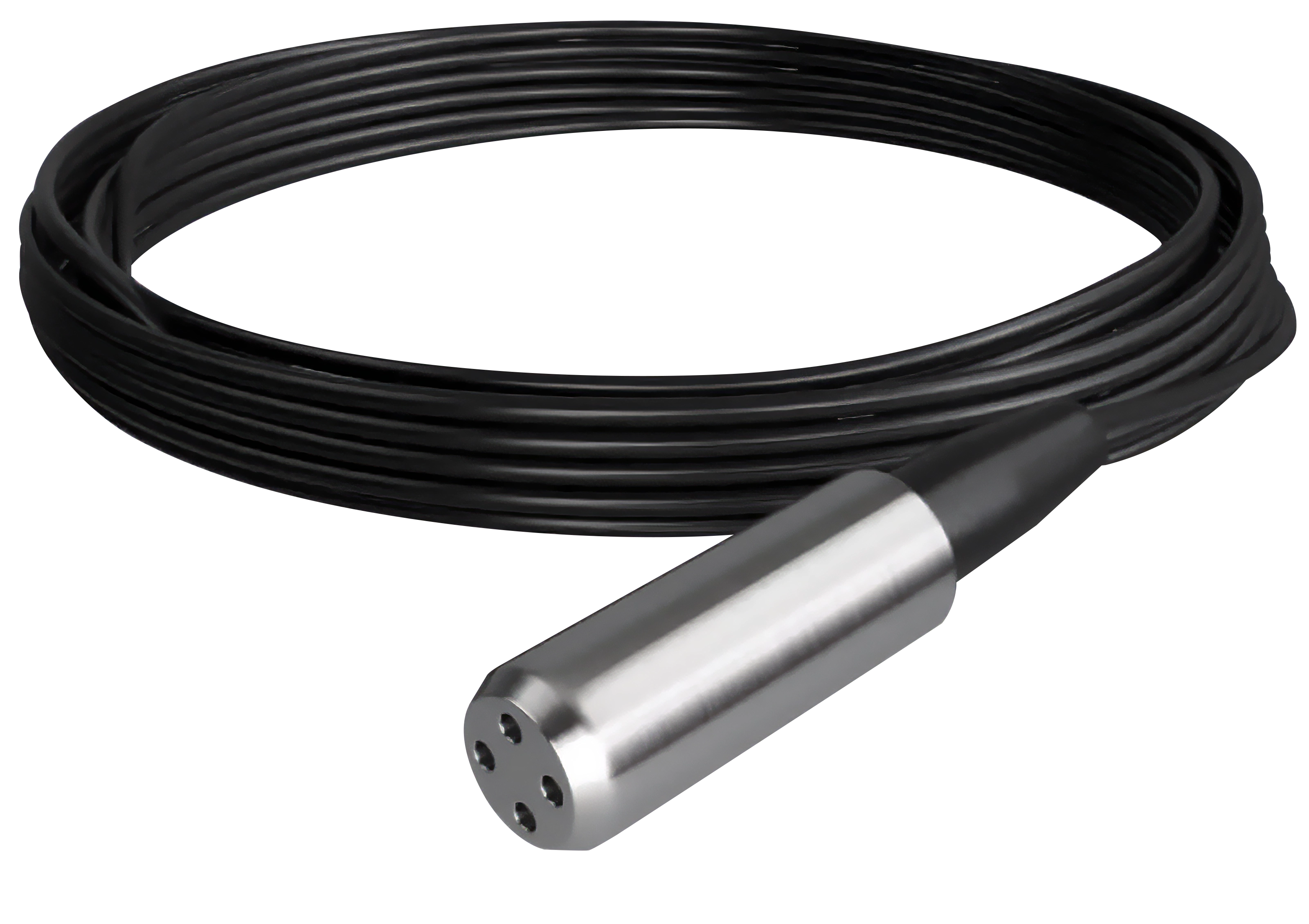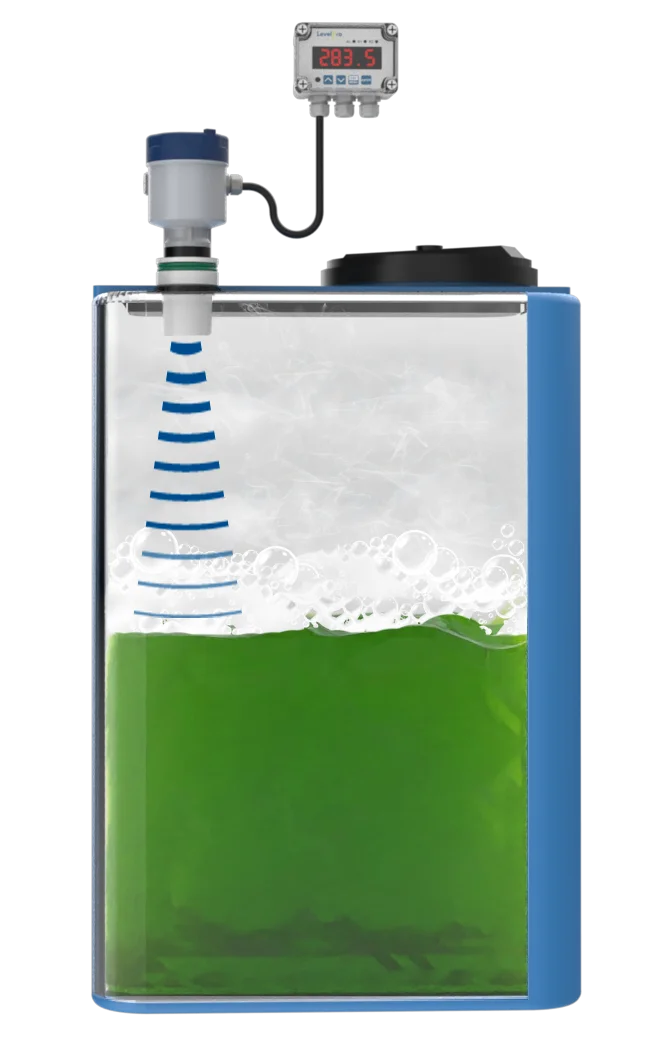What Are Chemical Level Sensors Used For?

Chemical level sensors are pieces of equipment that can measure the concentration of a gas or liquid that is contained within a container. They are able to perform their functions by capitalizing on various physical properties of the liquid or gas being used, such as the substance’s density, conductivity, or buoyancy.
Chemical level sensors can be found in many different forms, including the following:
-Float sensors: These sensors make use of a float that alters its height in response to changes in the level of either a liquid or a gas. The position of the float is then used as the basis for the calculation of the height of the liquid or gas.
-Ultrasonic sensors: These sensors use ultrasonic waves to determine the distance from their location to the surface of a liquid or gas.
-Sensors that measure capacitance: These sensors determine the amount of liquid or gas present by measuring the difference in capacitance that exists between two electrodes.
-Resistive sensors: These sensors determine the amount of a liquid or gas by observing how the resistance changes between two electrodes as the level of the substance changes.
-Radar sensors: These devices use radar waves to calculate the distance to the surface of a gas or liquid that they are observing.
-Optical sensors: These sensors monitor the level of the liquid or gas by employing a light source and a detector to read the reflected light from the source of light.
Depending on their function and the substance (gas or liquid) that they are measuring, chemical level sensors can be fabricated from a wide variety of materials. The following are examples of typical materials:
-PVC, also known as polyvinyl chloride, is a polymer that is resistant to corrosion and chemicals. PVC is also relatively inexpensive. It has widespread application in float sensors as well as capacitance sensors.
-PP (polypropylene): PP is a chemically resistant polymer that is also lightweight. It is commonly used in resistive and ultrasonic sensors because of its combination of these properties.
-PVDF (polyvinylidene fluoride): Radar and optical sensors typically make use of PVDF, which is a polymer that is resistant to both high temperatures and chemicals.
Stainless steel is a material that is resistant to corrosion and is often used in ultrasonic and resistive sensors because of its strength and durability.
In general, the choice of material for chemical level sensors is determined by the chemical properties of the liquid or gas that is being measured as well as the environment in which the sensor will be utilized.
Learn more about chemical level sensors
Please contact us to discuss your application


